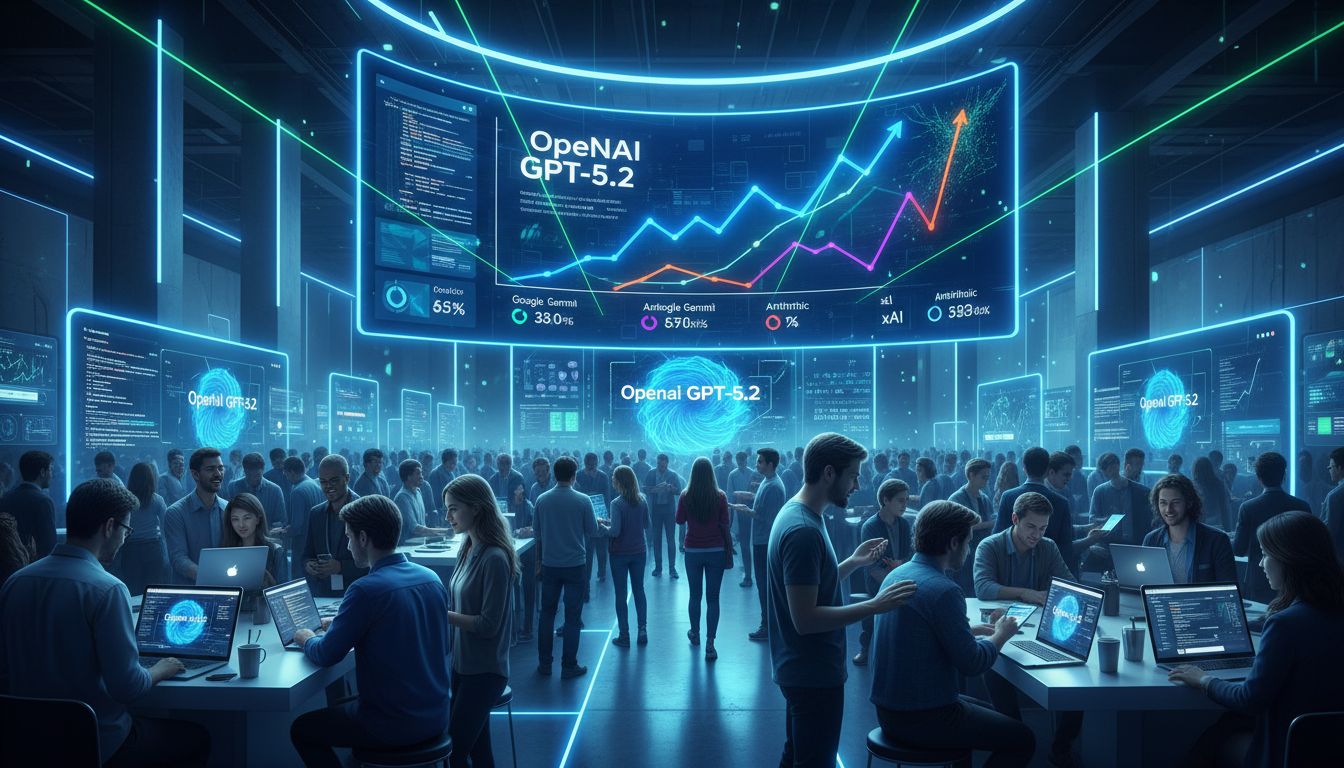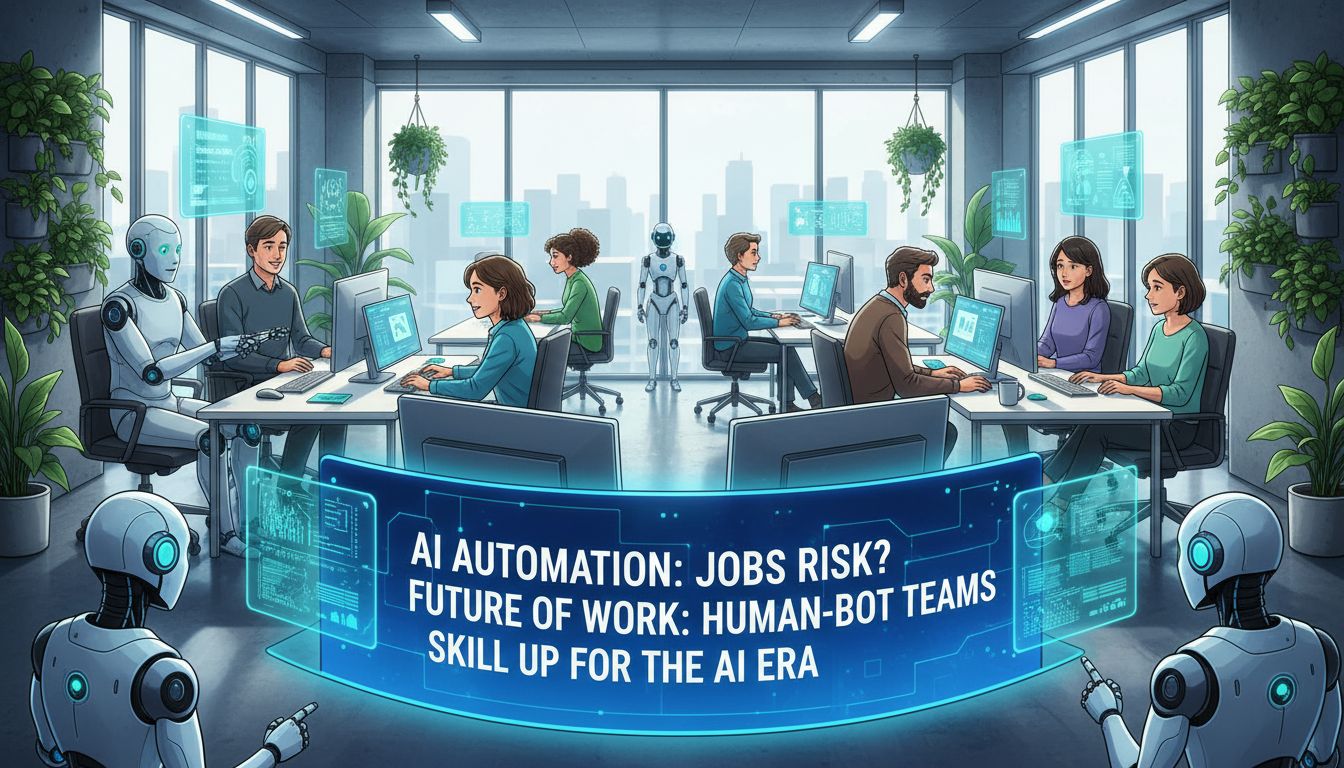As we delve deeper into the era of artificial intelligence, understanding AI risk mitigation becomes crucial. This blog post aims to shed light on various aspects of this topic and arm you with knowledge that can help you navigate the potential pitfalls of AI systems.
We will explore how renowned scientists, influential public figures, leading academics, and industry experts are raising awareness about AI risks. We’ll discuss their contributions towards creating a safer digital landscape.
Furthermore, we’ll emphasize the significance of a cross-disciplinary strategy in dealing with these issues. Policymakers and ethicists play pivotal roles in shaping safe practices around AI models—something we aim to elucidate further within this post.
The supportive role played by CAIS (Center for Artificial Intelligence Safety) through workshops and resources is another key aspect worth discussing when it comes to risk management strategies. Their initiatives aimed at infrastructure development provide vital insights into effective ways to mitigate ai risks.
Last but not least, we call upon more stakeholders to join the conversation surrounding responsible usage practices related to future forms/benefits/applications/dangers linked with artificial intelligence technology. The power lies in our collective efforts towards ensuring regulatory oversight over rapidly advancing AI capabilities.
Table of Contents:
- Unifying Voices on AI Risk
- Transcending Disciplinary Boundaries
- CAIS’s Mission: Tackling AI Risks with Style
- Watch Out for AI Risks.
- Encouraging More Stakeholders to Join the Conversation on Safe Management and Development of Artificial Intelligence Technology
- FAQs in Relation to Ai Risk Mitigation
- Conclusion
Unifying Voices on AI Risk
The Center for Advanced Intelligence Studies (CAIS) has released a statement, backed by 607 signatories worldwide, highlighting the existential risk posed by artificial intelligence. This diverse group includes renowned AI scientists, influential public figures, leading academics, and industry leaders. Their collective voice emphasizes the need for inclusive dialogue to address this critical issue.
Renowned AI Scientists: Raising Awareness About AI Risks
Influential scientists are crucial in raising awareness about potential AI risks. They understand how complex AI models and their autonomous decision-making capabilities can pose significant threats if not managed responsibly. Their expertise sheds light on these concerns and advocates for safer practices.
Influential Public Figures: Advocating For Responsible Use Of AI
Prominent public figures join the conversation, using their platforms to reach wider audiences and advocate for the responsible use of powerful AI systems. Their involvement plays a crucial role in preventing misuse and unintentional harm.
Leading Academics and Industry Experts: Mitigating AI Threats
Academics specializing in ethics, philosophy, and industry professionals contribute valuable perspectives to the discussion. They explore implications beyond technical aspects, such as ethical considerations and regulatory oversight, ensuring a holistic approach to mitigating potential dangers associated with AI technology.
Transcending Disciplinary Boundaries
The rapidly evolving landscape of artificial intelligence (AI) presents a unique set of challenges that can’t be tackled by any single discipline. The complexity and potential risks associated with AI require a collaborative approach, going beyond traditional disciplinary boundaries.
Importance of Interdisciplinary Approach to Tackle AI Risks
An interdisciplinary approach is crucial to addressing the existential threats posed by advanced AIs. This necessitates uniting professionals from different areas, including computer science, machine learning, ethics, philosophy, and law-making. By combining their expertise and perspectives, we can gain a comprehensive understanding of the full spectrum of AI risks.
This collaboration enables us to devise effective strategies for risk mitigation while ensuring the responsible development and use of this powerful technology. It fosters an environment where innovation thrives without compromising safety or ethical considerations.
Role Of Policymakers And Ethicists In Shaping Safe Practices Around AIs
Policymakers are tasked with formulating regulations that promote AI innovation while protecting the public. They are responsible for creating policies that strike a balance between fostering innovation and safeguarding the public interest.
Ethics plays an equally important role when it comes to shaping safe practices around AIs. Ethicists help ensure that these technologies are developed responsibly, taking into account factors like fairness, transparency, privacy rights, etc., which often get overlooked amidst rapid technological advancements.
Ethical guidelines for AI development, proposed by ethicists worldwide, have been instrumental in influencing tech companies’ decisions regarding their products’ design and usage scenarios. These guidelines serve as roadmaps guiding developers towards creating ethically sound algorithms, thereby preventing misuse or abuse of these potent tools.
CAIS’s Mission: Tackling AI Risks with Style
They’re not just talk, they’re all about practical solutions.
CAIS: More Than Just Advocacy
CAIS goes beyond advocacy and actively engages with the research community. They organize workshops and provide resources to foster collaboration among AI model experts.
At these workshops, brainy folks from different fields – computer scientists, ethicists, philosophers – come together to discuss AI capabilities, risks, and ways to mitigate them. It’s like a superhero team, but for AI safety.
CAIS: Building a Safer AI Future
CAIS doesn’t stop at workshops. They’re investing in infrastructure development to promote safety research in AI. They even provide dedicated compute resources for Machine Learning safety research. Talk about going the extra mile.
By supporting researchers with the necessary computational power and storage capacity, CAIS ensures that robustness and safety measures in AI models are thoroughly tested. They’re not just theory, they’re action.
CAIS: Taking AI Risks Seriously
CAIS is all about taking potential AI threats seriously. They’re actively involved in implementing practical steps to ensure safer deployment and usage of powerful AI technologies.
With CAIS, regulatory oversight becomes an integral part of AI development. They understand the importance of keeping AI in check while reaping its benefits. It’s like having a responsible AI babysitter.
Watch Out for AI Risks.
A warning from the Center for Advanced Intelligence Studies (CAIS) was issued, emphasizing the potential dangers of unchecked AI progress. It’s time to prioritize strategies that reduce these risks.
Developing safe and responsible uses for AI is not just important, it’s imperative. While AI capabilities have advanced in sectors like healthcare and finance, we must manage the risks associated with them.
The Dangers of Unchecked AI Development
In an unregulated environment, AI models without oversight can lead to disastrous consequences. From privacy breaches to irresponsible use of autonomous weapons, the risks are real.
Regulatory Oversight and Risk Management
To mitigate these risks, we need regulatory oversight and effective risk management in AI. Without it, we face negative societal impacts and even existential threats.
Responsible Use of Powerful AIs
CAIS’s call-to-action emphasizes the importance of responsible use policies for powerful AIs. Safety protocols should be implemented during design and development, not as after-the-fact attempts.
Measures to Tackle AI Threats
- Risk Assessment: Regularly assess risks to identify vulnerabilities and devise countermeasures.
- Ethical Guidelines: Establish clear ethical guidelines to maintain integrity and transparency.
- Ongoing Monitoring: Monitor for anomalies and deviations to take swift corrective actions.
- User Education: Educate users about the dangers of misusing AI technology.
Encouraging More Stakeholders to Join the Conversation on Safe Management and Development of Artificial Intelligence Technology
This inclusive approach emphasizes the need to engage all entities capable of influencing change in society when it comes to handling these powerful technologies. In other words, it takes a village to ensure we reap the benefits of AI without succumbing to its potential dangers.
The Role of Scientists and Researchers
Scientists and researchers are the brainiacs behind AI development. Their insights into these systems make them invaluable contributors to discussions on safety measures and ethical guidelines. They also play a crucial role in educating others about the possibilities and pitfalls of advanced AIs.
Policymakers as Gatekeepers of Responsible Use
Policymakers have a significant part in shaping regulations around AI use. By joining the conversation early on, they can help establish laws that protect individuals’ rights while still allowing room for innovation. They can work hand-in-hand with technologists to stay ahead of emerging risks as AI evolves.
Involvement of Business Leaders and Industry Experts
The private sector has been driving advancements in AI technology, so their involvement is key when discussing its future implications. Business leaders need to be proactive in understanding how their products could negatively impact society if misused or left unchecked.
Citizens: The Final Piece of the Puzzle
- Educated Consumers: Knowledgeable consumers demand transparency from companies using AIs and understand how their data is collected and utilized.
- Vigilant Watchdogs: Concerned citizens serve as vigilant watchdogs, ensuring corporations do not misuse powerful technologies like AIs.
- Social Activists: Social activists raise awareness among the masses about potential abuses and misuses tied to irresponsible deployment and usage practices of AI technology.
All these voices combined will contribute to creating comprehensive strategies aimed at reducing threats posed by unchecked development and deployment of powerful AIs. The goal is not just to develop robust, safe, and responsible uses for Artificial Intelligence but to prevent catastrophic outcomes. It’s time for everyone to join hands because together we stand stronger against any adversities thrown our way.
The Center for Advanced Intelligence Studies (CAIS) is inviting scientists, policymakers, business leaders, and concerned citizens to join the conversation on the safe management and responsible usage of AI technology. This inclusive approach emphasizes the need for collaboration among all stakeholders to mitigate risks associated with AI development and deployment.
FAQs in Relation to Ai Risk Mitigation
How to Mitigate Risks Associated with AI?
Risks associated with Artificial Intelligence can be mitigated through responsible development, rigorous testing, transparency in decision-making algorithms, and robust risk management strategies.
4 Risks of Artificial Intelligence
- Data privacy breaches
- Unemployment due to automation
- Bias in decision-making algorithms
- Potential misuse for malicious purposes
Effective AI Risk Management Strategy
An effective AI risk management strategy includes identifying potential threats, evaluating their impact, implementing preventive measures, and monitoring outcomes.
Major Risks of AI
The major risks include ethical concerns like bias and discrimination, security issues such as data breaches or hacking attempts, economic impacts like job displacement due to automation, and societal effects including increased dependence on technology.
Conclusion
In conclusion, AI Risk Mitigation is a complex and multifaceted issue that requires the collaboration of various stakeholders.
Renowned AI scientists, influential public figures, leading academics, and industry experts have all played crucial roles in raising awareness about the potential dangers of AI and advocating for responsible use.
The interdisciplinary approach involving policymakers and ethicists is also essential in shaping safe practices around AIs.
CAIS’s mission towards mitigating risks has been commendable through their workshops, resources, and infrastructure development initiatives.
However, it is important to continue the conversation surrounding safe management, development, and usage practices related to future forms of artificial intelligence technology.
Encouraging more stakeholders to join this conversation will be key in ensuring a safer future with AI.






